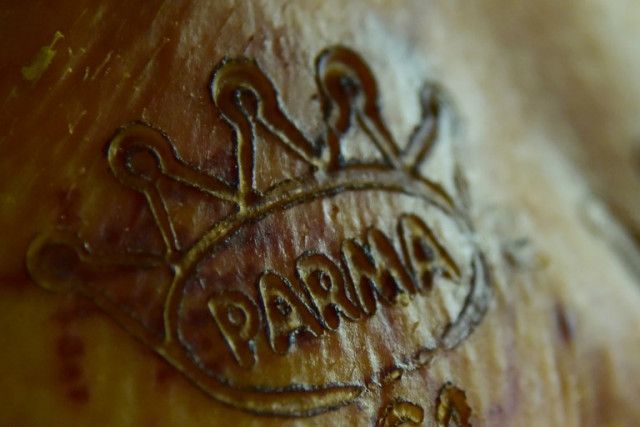That figure, released Monday by Italy's Parmigiano Reggiano consortium, represents 3.6 million wheels produced of the cheese, commonly known as parmesan in English.
Production was up five percent from 2016 and 10 percent from three years ago.
READ ALSO:
- The world is eating more Italian cheese than ever before
- Accusations of cruelty at Italian farms that supply Parma ham pigs
- The Brexit effect: 'Sudden drop' in Italian food and drink exports to the UK
While Italians still eat the majority of parmesan produced, exports are also rising, increasing by nearly 4 percent from 2016 to hit 51,000 tonnes, or 38 percent of total production.
France and Germany were the top two importers.
Further ripening the picture for parmesan producers was the increase in the average price to €9.81 per kilo, a 14 percent gain from the previous year.
Producers hope 2018 will melt last year's record numbers, with 3.7 million wheels expected to be produced – 100,000 more than last year – and exports set to increase.
READ ALSO: Five great reasons why Parma is Italy's 2020 capital of culture

Photo: Giuseppe Cacace/AFP




 Please whitelist us to continue reading.
Please whitelist us to continue reading.